TURMERIC THAT YOU KNOW, USES AND CURES
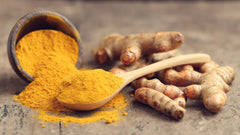
Turmeric is known as a spice and the most effective nutritional supplement in existence. Many high-quality studies show that turmeric has major benefits for your body and brain. Many of these benefits come from its main active ingredient, curcumin.
CURCUMINCurcumin is the main active ingredient in turmeric. It has powerful anti-inflammatory effects and is a very strong antioxidant. Curcumin is fat-soluble, which means it breaks down and dissolves in fat or oil. That’s why it may be a good idea to take curcumin supplements with a meal that’s high in fat.
The ‘correct’ turmeric dosageStudies have shown that doses of up to 2,000mg of curcumin are safe to be consumed and contribute to the body’s natural functions.
Our core range shots contain 35g of raw turmeric root, with a high concentration of curcumin. Without going into too much mathematical detail, this means each shot contains approximately 1,750mg of curcumin, as well as other compounds and ingredients!
ORIGIN OF TURMERIC
Turmeric originated in India. The use of turmeric dates back nearly 4000 years to the Vedic culture in India, where it was used as a culinary spice and had some religious significance. It probably reached China by 700 ad, East Africa by 800 ad, West Africa by 1200 ad, and Jamaica in the eighteenth century. In 1280, Marco Polo described this spice, marvelling at a vegetable that exhibited qualities so similar to that of saffron. According to Sanskrit medical treatises and Ayurvedic and Unani systems, turmeric has a long history of medicinal use in South Asia. Susruta’s Ayurvedic Compendium, dating back to 250 bc, recommends an ointment containing turmeric to relieve the effects of poisoned food.
USES OF TURMERIC
Before turmeric can be used, the turmeric rhizomes must be processed. Rhizomes are boiled or steamed to demove the raw odour, gelatinize the starch, and produce a more uniformly coloured product.
Taking Turmeric in Food
Turmeric curryOne of the most common ways to up your intake of turmeric is by eating more foods containing the ingredient.
Some curries contain turmeric within their traditional recipes, while more modern foods have recipes purposefully created to include turmeric as a key ingredient – such as crisps and many turmeric flavoured dishes.
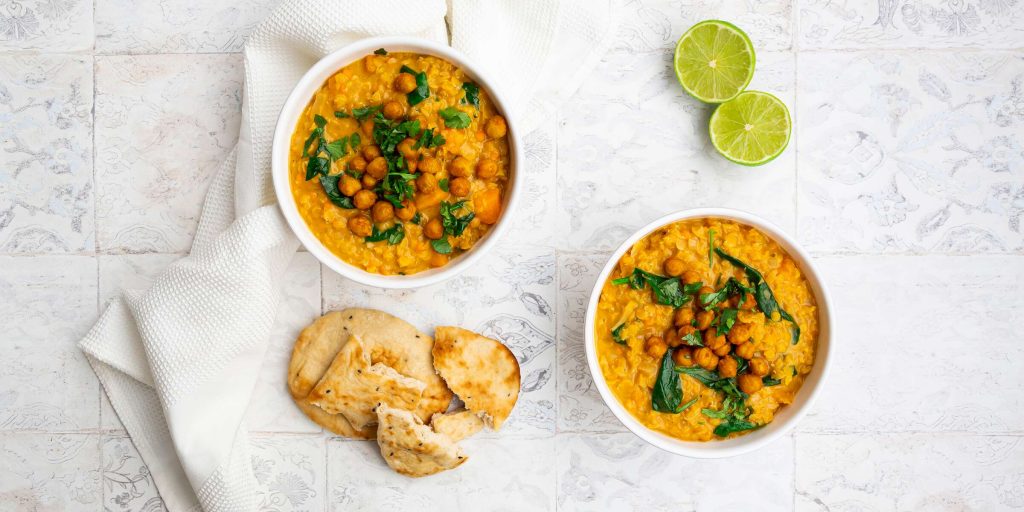
In Africa, turmeric is traditionally used to give boiled white rice a golden colour and fried rice. Turmeric is also used in manufactured food products such as canned beverages, dairy products, baked products, ice cream, yellow cakes, yoghurt, orange juice, biscuits, popcorn, sweets, cake icings, and cereals, sauces, and gelatins. It is a significant ingredient in most commercial curry powders. Turmeric has numerous uses in Asian cuisine. It is used in savoury and sweet dishes and is widely used in Eastern specialities such as fresh turmeric pickles.
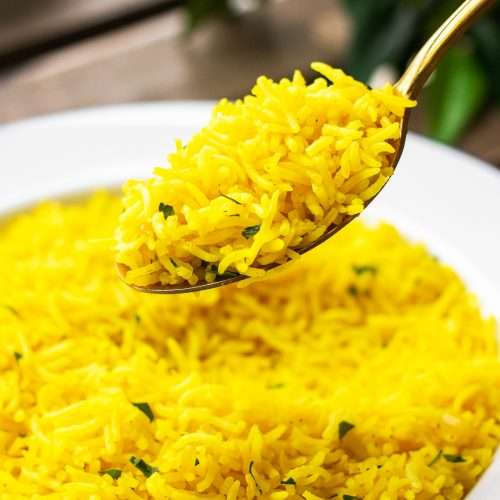
The pros of taking turmeric within a meal or snack are that it is a convenient way to get more of it into your diet. Particularly if you are not able to take turmeric capsules or are not fond of taking them, then this is a way to avoid having to do that while adding a turmeric dosage into your daily diet.
But is this the best way to take turmeric? In short, no. It is difficult to manage exactly how much turmeric your body is getting, as this comes down to the amount of ingredient used, portion size and the proportion of the ingredient compared to the rest of the meal!

Taking Turmeric in Tablets
Turmeric tabletsTurmeric tablets or turmeric capsules are widely available, but also vary significantly in price and the quality of ingredients. Although it can be difficult to find the right tablet among the myriad of choices, taking a tablet does make it easy to control your dosage and is a very simple and easy way to increase the amount of turmeric in your diet.
As previously mentioned, the biggest downside is that tablets are solids and so your body cannot absorb the nutrients as quickly or effectively as when taken as a liquid or within a liquid capsule!
So why not swap those dull turmeric tablets for a tangy Raw Turmeric Vitamin C & D3 shot instead?
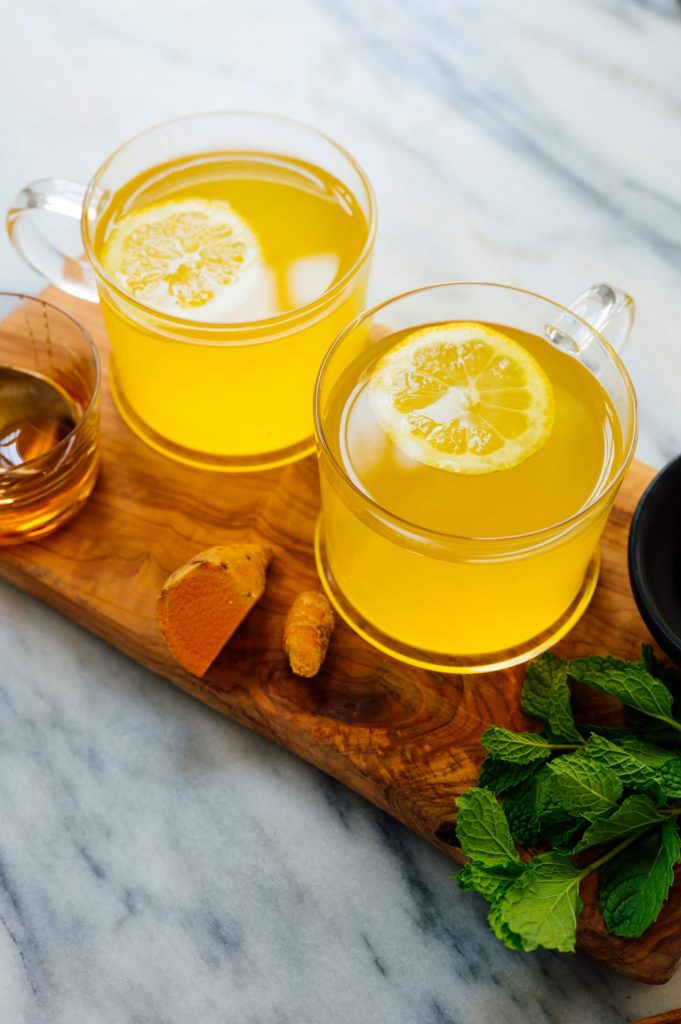
Taking Turmeric in Liquid Form
Taking turmeric as a shot One of the most effective and flavoursome ways to ingest a turmeric supplement is to take a liquid shot which contains a high concentration of turmeric.
Achieving your dose of turmeric in a high-quality blend allows you to benefit from other delicious ingredients. For example, if your turmeric shot contains ginger, you will be ingesting:
Thiamine which contributes to the normal function of the heartRiboflavin which contributes to the reduction of fatigueVitamin C contributes to the normal function of bones and jointsNutritious AND delicious!
Turmeric as DrinksAnother great way to take turmeric is as a drink, as this means that just like with a shot, the nutrients within turmeric have more chance of being absorbed effectively.
Drinks such as turmeric tea, smoothies, lattes and teas infused with turmeric are becoming increasingly popular and can be found in boutique cafes and restaurants around the country.
Getting your turmeric juice dosage is easy when all you need to do is add your shot into your morning fruit drink and enjoy!
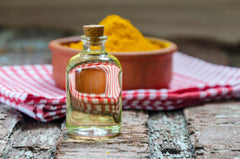
Turmeric in Oils
Turmeric oilDid you know that turmeric can also be found in essential and aromatherapy oils?
There’s very little concrete science to support the use of aromatherapy oils to absorb the benefits of any active ingredients used, but we’re sure it’ll have a potent aroma!
However, if you are looking to create a relaxing atmosphere at home, then you can combine turmeric oil with ginger, lemon and nutmeg oils to create a bespoke fresh scent! Or try to blend turmeric oil with lavender, jasmine and ylang-ylang for a relaxing fragrance.
Raw Turmeric
Eating fresh, raw turmeric may be unpleasant due to the strength of flavour and texture, but it does allow you to be precise with your intake.
There are numerous ways to eat your dose of raw turmeric, including as a powder or freshly grated! But to improve the taste and also ensure it is effectively absorbed by your body, we recommend combining turmeric with a liquid such as a flavoured turmeric shot, turmeric tea or smoothie.
The best way to take turmericThe most effective way to take turmeric is with a liquid, such as in liquid shot form or even blended within a drink or smoothie.
This is because when you take any vitamin or supplement in a solid form (such as in a tablet or within food) the body needs to break down the solids before the properties of the active ingredients are absorbed.
When you mixed it with crushed black pepper, the absorption rate of turmeric can raise to 2000%?
TURMERIC AS A MEDICINE
Turmeric is believed to have many medicinal properties including strengthening the overall energy of the body, relieving gas, dispelling worms, improving digestion, regulating menstruation, dissolving gallstones, stomach ulcers and relieving arthritis and many more.
Many South Asian countries use it as an antiseptic for cuts, burns, and bruises, and as an antibacterial agent. In Pakistan, it is used as an anti-inflammatory agent, and as a remedy for gastrointestinal discomfort associated with irritable bowel syndrome and other digestive disorders. In Pakistan and Afghanistan, turmeric is used to cleanse wounds and stimulate their recovery by applying it to a piece of burnt cloth that is placed over a wound. Indians use turmeric, in addition to its Ayurvedic applications, to purify the blood and remedy skin conditions.
Turmeric is also used for rheumatoid arthritis, chronic anterior uveitis, conjunctivitis, skin cancer, smallpox, chickenpox, wound healing, urinary tract infections, and liver ailments (Dixit, Jain, and Joshi 1988).
It is also used for digestive disorders; to reduce flatus, jaundice, menstrual difficulties, and colic; for abdominal pain and distension (Bundy et al. 2004); and for dyspeptic conditions including loss of appetite, postprandial feelings of fullness, and liver and gallbladder complaints.
It has anti-inflammatory, choleretic, antimicrobial, and carminative actions (Mills and Bone 2000). The main clinical targets of turmeric are the digestive organs: in the intestine, for treatment of diseases such as familial adenomatous polyposis (Cruz-Correa et al. 2006); in the bowels, for treatment of inflammatory bowel disease (Hanai and Sugimoto 2009); and in the colon, for treatment of colon cancer (Naganuma et al. 2006).
For arthritis, dosages of 8–60 g of fresh turmeric root three times daily have been recommended (Fetrow and Avila 1999). For dyspepsia, 1.3–3.0 g of turmeric root is recommended. No known interaction of drugs with turmeric has been reported by the monographs of the German regulatory authority, Commission E (Blumenthal, Goldberg, and Brinckmann 2000).
In culture medicine, turmeric has been used in therapeutic preparations over the centuries in different parts of the world. In Ayurvedic practices, Turmeric paste is used by women in some parts of India to remove unnecessary hair. Turmeric paste is applied to the skin of the bride and groom before marriage in some parts of India, Bangladesh, and Pakistan, where it is believed to make the skin glow and keep harmful bacteria away from the body. Turmeric is currently used in the formulation of several sunscreens. Several multinational companies are involved in making face creams based on turmeric.
In Ayurvedic medicine, turmeric is a well-documented treatment for various respiratory conditions (e.g., asthma, bronchial hyperactivity, and allergy), as well as for liver disorders, anorexia, rheumatism, diabetic wounds, runny nose, cough, and sinusitis (Araujo and Leon 2001). In traditional Chinese medicine, it is used to treat diseases associated with abdominal pain (Aggarwal, Ichikawa, and Garodia 2004). From ancient times, as prescribed by Ayurveda, turmeric has been used to treat sprains and swelling (Araujo and Leon 2001). In both Ayurvedic and traditional Chinese medicine, turmeric is considered a bitter digestive and carminative. Unani practitioners also use turmeric to expel phlegm, as well as to open blood vessels in order to improve blood circulation. It can be incorporated into foods, including rice and bean dishes, to improve digestion and reduce gas and bloating. It is a, stimulating bile production in the liver and encourages the excretion of bile via the gallbladder, which improves the body’s ability to digest fats. Sometimes, turmeric mixed with milk or water is taken to treat intestinal disorders as well as colds and sore throats.









